Largest Chapter of SCC Elects Beauty & Personal Care Leaders Representing Prominent Manufacturers and Suppliers
(New York, NY, December 2023)—The New York Society of Cosmetics Chemists (NYSCC), the largest chapter of the SCC, has announced its 2024 Executive Board. The new board will be officially inducted during the NYSCC Supports Education Night on Tuesday, December 12th, at the Edison Ballroom in New York City. This event, when numerous scholarships and grants will also be awarded, takes place on the first night of the annual SCC Technical Symposium in New York City.
As of January 1, 2024 the NYSCC Executive Board will be:
Amber O. Evans, Chair
Stacey House, Advisor
Senior Vice President, Consumer Beauty, R&D, COTY Inc.
Alex Blakeman, Treasurer
Senior Director of Technologies, Superior Materials Inc.
Diane Dabkowski, Treasurer-Elect
Senior Manager of R&D Technical Services Organization, Avon (member of Natura & Co.)
Mythili Nori, Secretary
Senior Scientist, Performance & Claims, BASF Corporation
John Carola, Chair-Elect
Business Development- Personal Care and Cosmetic Division, Katonah Chemical
“I’m honored to be providing leadership to this Chapter and guide its future growth,” said Dr. Amber Evans, incoming Chair, NYSCC. “Thank you to my predecessor, Stacey, for her guidance and support and bringing this Chapter to new heights. Together with this amazing board, dedicated committee members, and countless volunteers, we will continue our strong mission of providing top education in cosmetic science and enhancing professional and industry development.”
Evans and the 2024 NYSCC Executive Board will also continue its outreach to students about careers and opportunities in cosmetic science. Other initiatives will focus on inspiring innovation and celebrating all that the Chapter community creates.
To become more involved in the NYSCC Chapter, fill out this contact page: https://nyscc.org/contact-us/. For more information on NYSCC visit: www.nyscc.org and new members can contact: newmember@nyscc.org.

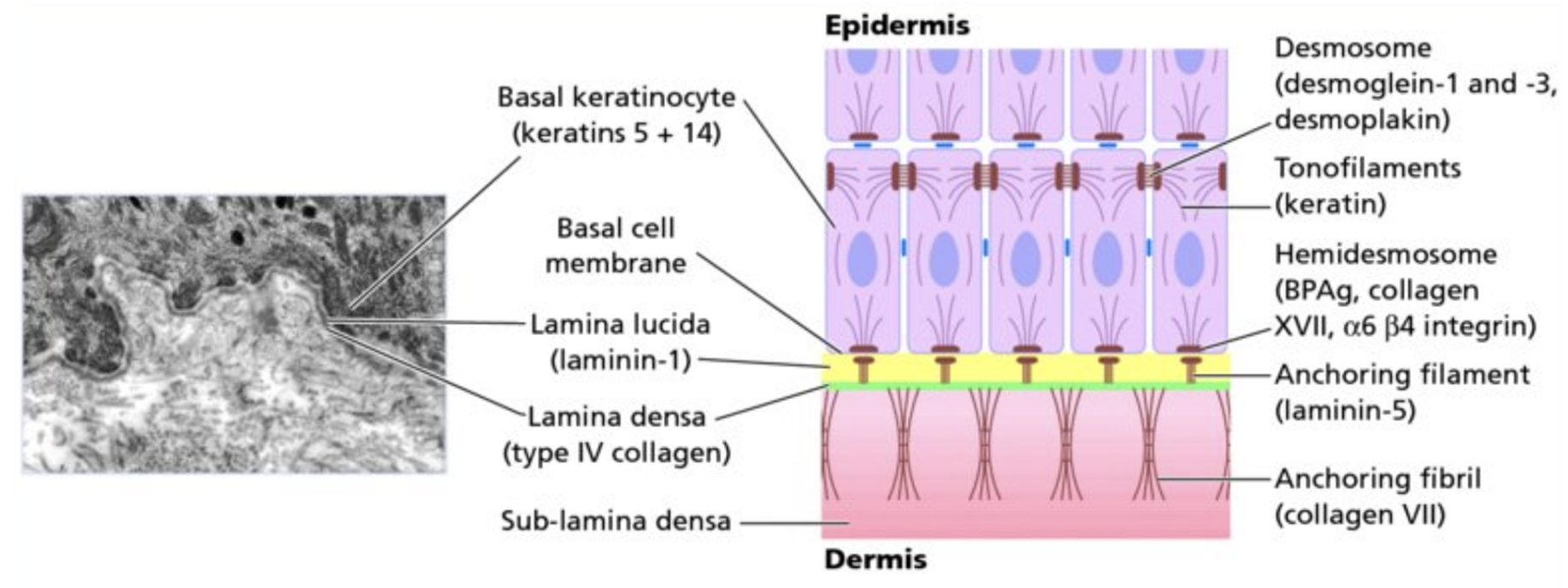
 Image Source: Kynan T. Lawlor, Pritinder Kaur: International Journal of Molecular Sciences 16 (12):28098-28107
Image Source: Kynan T. Lawlor, Pritinder Kaur: International Journal of Molecular Sciences 16 (12):28098-28107 Marc Cornell, BS. is a consultant at Mar-key Consulting LLC where he services the consumer product industry with innovative product development concepts.
Marc Cornell, BS. is a consultant at Mar-key Consulting LLC where he services the consumer product industry with innovative product development concepts. Dr. Amber Evans is a cosmetic industry professional with over a decade of experience in research and innovation. In her current position as Senior Manager of Product Development at Moroccanoil, she leverages her technical expertise to help drive the global launch of prestige hair & body care products. Prior to Moroccanoil, she worked as a development scientist at ingredient supplier BASF Corporation, where her contributions spanned multiple market segments, including hair, body, and oral care. She also previously supported initiatives such as upstream research for hair colorants and clinical testing for skin/shave care applications at Procter & Gamble.
Dr. Amber Evans is a cosmetic industry professional with over a decade of experience in research and innovation. In her current position as Senior Manager of Product Development at Moroccanoil, she leverages her technical expertise to help drive the global launch of prestige hair & body care products. Prior to Moroccanoil, she worked as a development scientist at ingredient supplier BASF Corporation, where her contributions spanned multiple market segments, including hair, body, and oral care. She also previously supported initiatives such as upstream research for hair colorants and clinical testing for skin/shave care applications at Procter & Gamble.


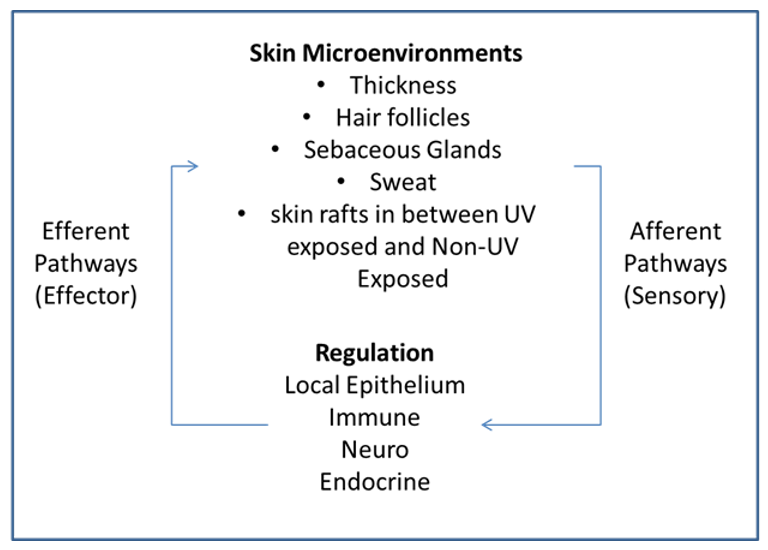
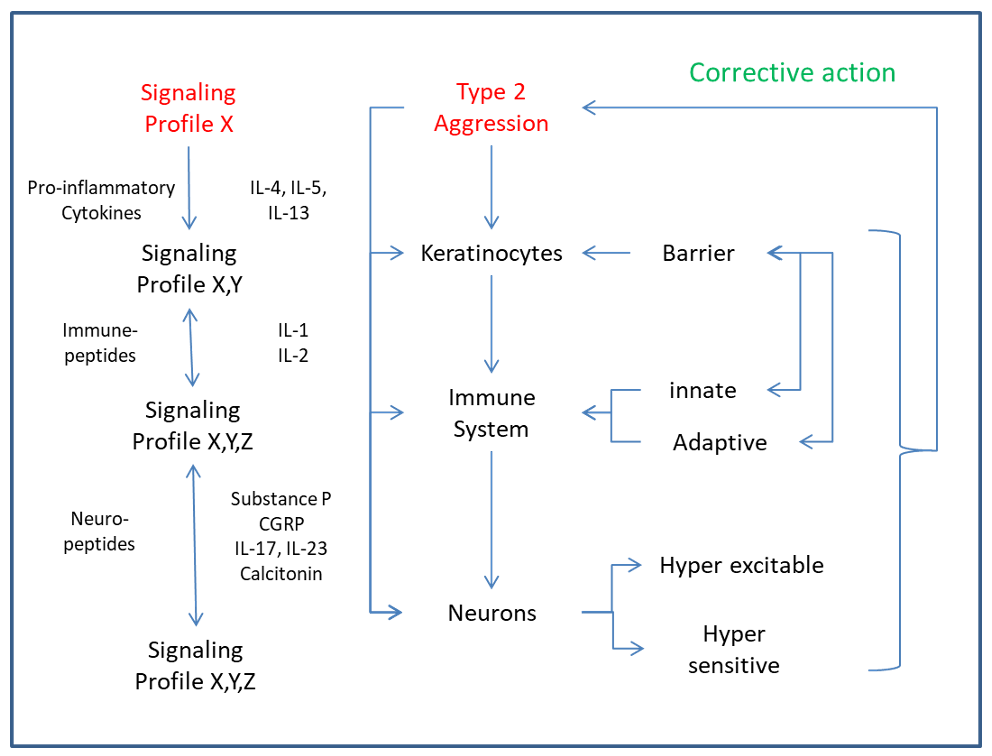
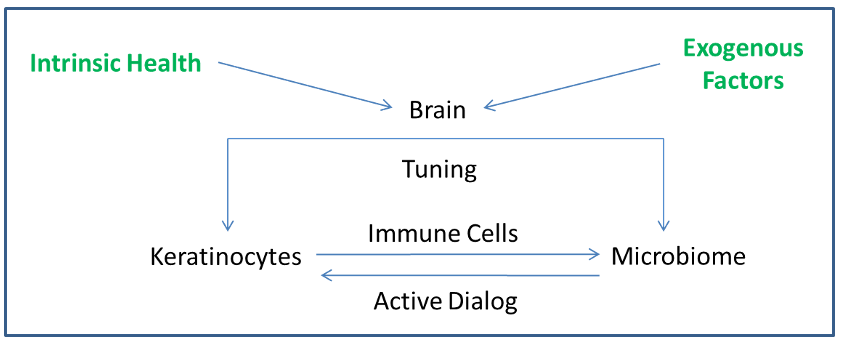


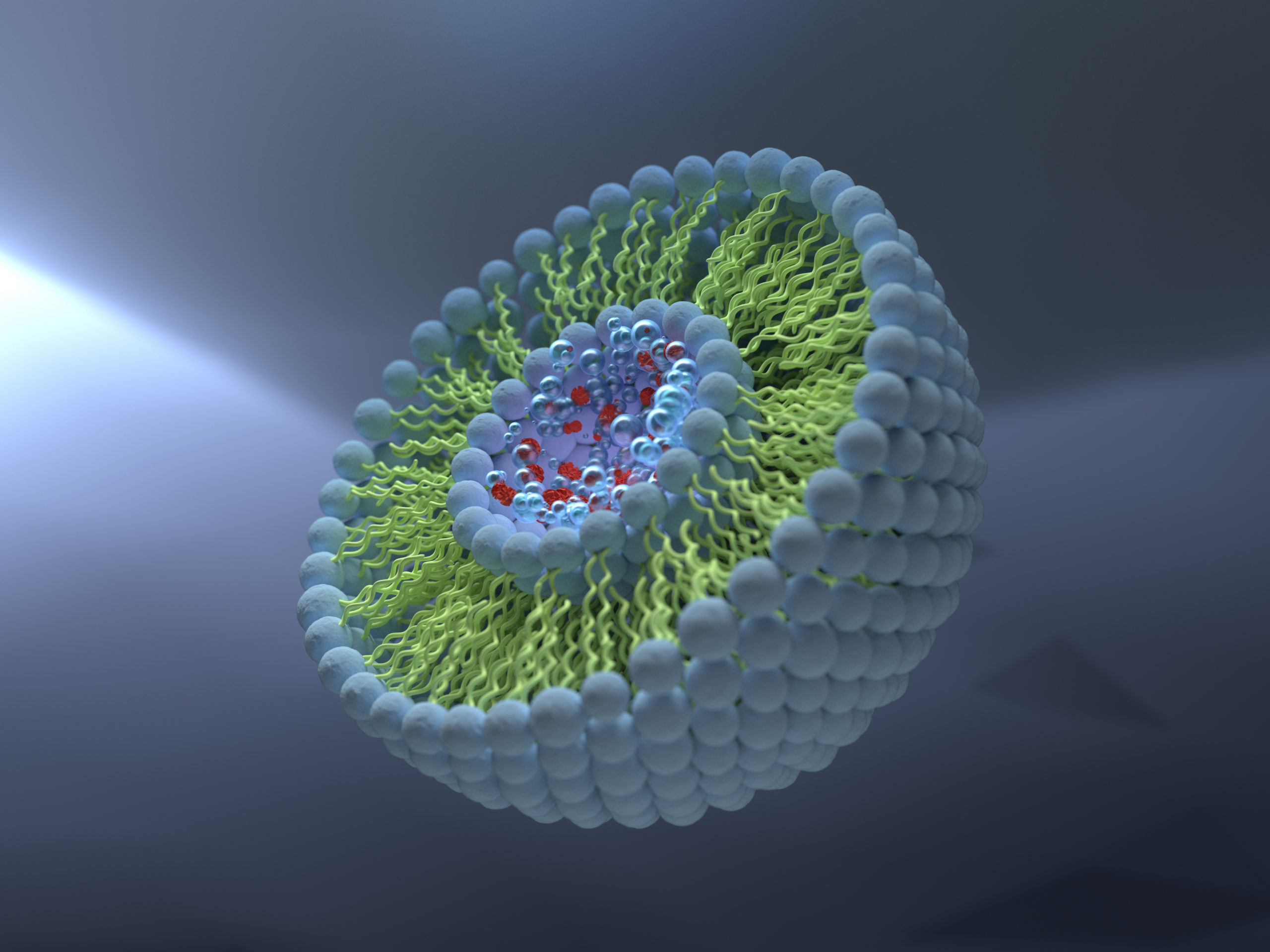
 Roger L. McMullen, Ph.D. – BIO
Roger L. McMullen, Ph.D. – BIO